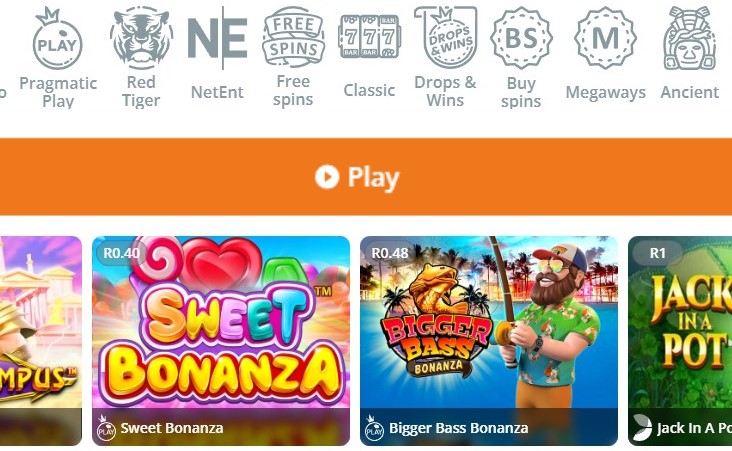Understanding Fire Strike Demo
The fire strike demo has become a popular way for software developers and testers to evaluate the performance of their applications under extreme conditions. A fire strike demo is essentially a stress testing tool that simulates heavy usage scenarios, allowing developers to identify potential bottlenecks and optimize their code for better scalability.
- The primary purpose of a fire strike demo is to simulate a large number of users accessing the application simultaneously, thereby stressing the system and identifying areas where performance can be improved.
- By running a fire strike demo, developers can gain valuable insights into their application’s behavior under heavy load conditions, enabling them to make data-driven decisions about optimization and scaling.
Benefits of Fire Strike Demo
A well-designed fire strike demo offers several benefits for software developers and testers. Some of the key advantages include:
| Benefit | Description |
|---|---|
| Improved Performance | A fire strike demo helps identify performance bottlenecks, enabling developers to optimize their code for better scalability and responsiveness. |
| Enhanced User Experience | By simulating real-world usage scenarios, a fire strike demo ensures that the application remains responsive and efficient even under heavy loads, providing an excellent user experience. |
| Better Resource Allocation | A fire strike demo helps developers optimize resource allocation, ensuring that the application utilizes system resources efficiently and effectively. |
Implementing Fire Strike Demo
Implementing a fire strike demo requires careful planning and execution. Here are some key considerations to keep in mind:
- Identify Performance Bottlenecks: Before running the fire strike demo, identify areas of the application where performance is likely to be affected.
- Set Up the Environment: Ensure that the testing environment is set up correctly, with adequate resources and infrastructure to support heavy usage scenarios.
- Run the Demo: Run the fire strike demo, simulating real-world usage scenarios to stress-test the application.
- Analyze Results: Analyze the results of the fire strike demo, identifying areas where performance can be improved and making data-driven decisions about optimization and scaling.
Best Practices for Fire Strike Demo
To get the most out of a fire strike demo, follow these best practices:
- Use Realistic Scenarios: Use realistic usage scenarios to simulate real-world conditions, ensuring that the application is tested under a variety of different loads.
- Monitor Performance Metrics: Monitor key performance metrics, such as response time, throughput, and resource utilization, to identify areas where performance can be improved.
- Optimize Code Regularly: Optimize code regularly to ensure that the application remains scalable and responsive even under heavy loads.
Challenges of Fire Strike Demo
While a fire strike demo offers numerous benefits, there are also some challenges associated with its implementation. Some of these challenges include:
- Resource Intensive: A fire strike demo can be resource-intensive, requiring significant computing power and infrastructure to support heavy usage scenarios.
- Complexity: Implementing a fire strike demo can be complex, requiring expertise in software development and testing.
- Cost: Running a fire strike demo can be costly, particularly if it requires significant investment in hardware and software infrastructure.
Questions and Answers
Q: What is the purpose of a fire strike demo?
A: A fire strike demo simulates real-world usage scenarios to stress-test an application’s performance under heavy loads, enabling developers to identify areas where optimization is needed.
Q: How do I set up a fire strike demo environment?
A: To set up a fire strike demo environment, ensure that the testing infrastructure is adequate and that realistic usage scenarios are used to simulate real-world conditions.
Q: What metrics should I monitor during a fire strike demo?
A: Monitor key performance metrics such as response time, throughput, and resource utilization to identify areas where optimization is needed.
Frequently Asked Questions
Fire strikes have been used by various organizations in different industries for testing purposes. Here are some frequently asked questions about fire strikes and demo:
- Q: What is the difference between a fire strike demo and regular testing?
- A: A fire strike demo simulates heavy usage scenarios, whereas regular testing focuses on identifying bugs and defects.
- Q: Can I use open-source tools for fire strike demo?
- A: Yes, there are several open-source tools available for fire strike demo, including Apache JMeter and Gatling.
Conclusion
In conclusion, a fire strike demo is an essential tool for software developers and testers who want to evaluate the performance of their applications under extreme conditions. By simulating real-world usage scenarios, a fire strike demo helps identify areas where optimization is needed, enabling developers to make data-driven decisions about scalability and resource allocation.
While there are some challenges associated with implementing a fire strike demo, the benefits far outweigh the costs. With careful planning and execution, a fire strike demo can provide valuable insights into an application’s performance under heavy loads, ensuring that it remains scalable and responsive even in extreme conditions.

